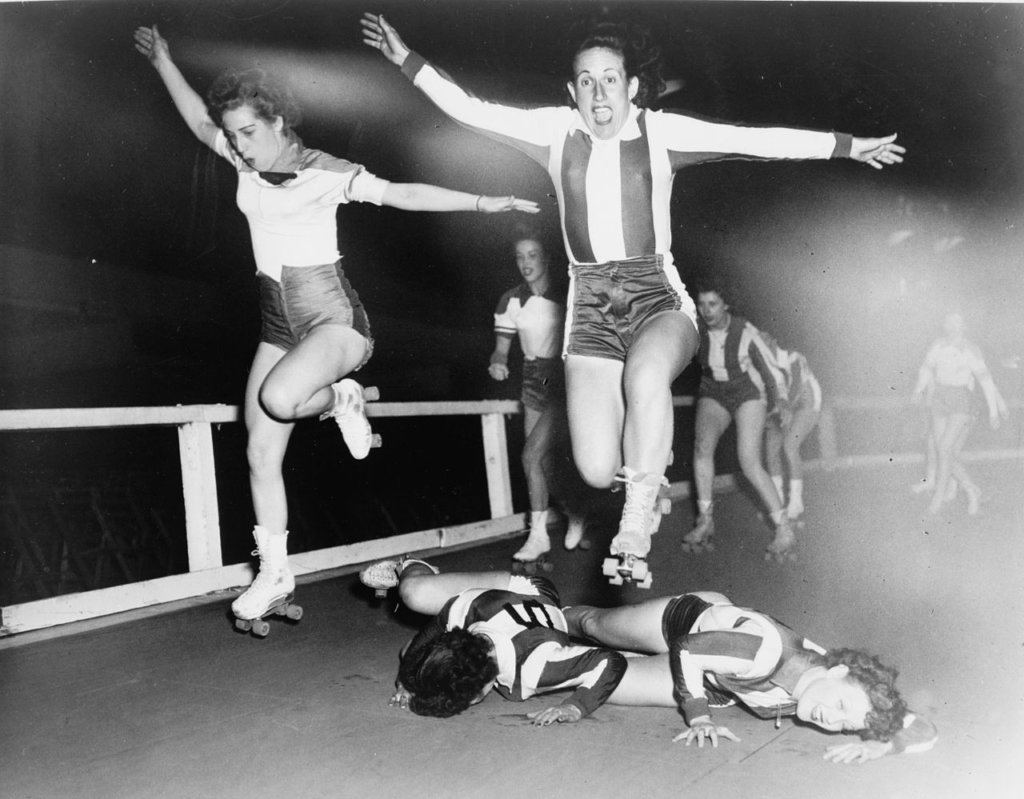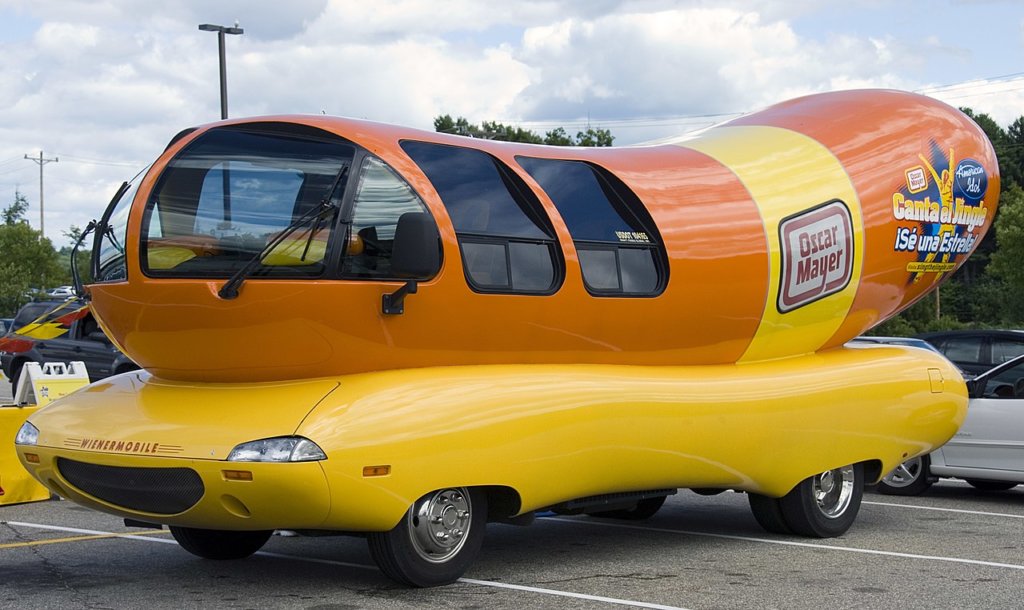– By Tom Schaffner
For more stories about Chicago’s fascinating history, take a look at what Chicago city tours we are currently running! L Stop Tours runs unique tours all across Chicago’s neighborhoods that are guided by lifelong Chicago residents. Discover the amazing architecture, tasty food, and interesting tidbits about the city in one of our Chicago walking tours!
Although Chicago is commonly known as the “Second City,” it’s equally known as a city of “firsts.”
Unfortunately, we’re not referring to the success of local sports franchises. The “firsts” that we’re talking about are things that were invented in Chicago or the metropolitan area. Many of these inventions are celebrated widely in the media — the Ferris Wheel (1893 World’s Fair), deep dish pizza (Pizzeria Uno in 1943), the brownie (Bertha Palmer and the Palmer House, 1893), the world’s first modern skyscraper (Home Insurance Building, 1888) and Playboy magazine (Hugh Hefner, 1953).
Many of Chicago’s other firsts, however, are not as well known. So, in our never-ending quest to shed a spotlight on all things Chicago, we’ve compiled a list of lesser-known Chicago inventions or “firsts.” Here they are in no particular order:
Blood Bank
After observing the difficulties experienced by World War I soldiers who needed a certain blood type for a transfusion, Bernard Fantus, a Chicago physician came up with a better idea. He developed a method of blood preservation and storage that allowed patients to access blood without waiting for a donor. The nation’s first blood bank opened at Cook County Hospital in 1937.
Spray Paint
Although aerosol cans had been around for years, no one ever thought to fill the can with paint. In 1947, suburban Chicago resident Edward Seymour, at the suggestion of his wife, Bonnie, filled an aerosol can with aluminum-colored paint and pressed the button. The result was not only a smooth, evenly-coated painted surface, Seymour realized that he had now made painting easier and portable. Spray paint was an instant commercial success. In 1992, the Chicago City Council banned the sale of spray paint in an effort to crack down on graffiti.

Sleeping Cars on Trains
After a long, restless night on a train in 1862, George Pullman, a Chicago mechanical engineer, had the idea to create a luxury sleeping car for trains. The “Pioneer,” as he called it, had rubberized springs that reduced shaking, its walls consisted of dark walnut and the seats were covered with plush velvet. Silk window shades, crystal chandeliers and brass fixtures added to the overall feeling of luxury. At night, the seats unfolded into lower sleeping berths and an upper berth dropped down from a cabinet in the ceiling. To mass produce the railcars, Pullman created the Pullman Palace Car Company (on Chicago’s far South Side), which was responsible for other rail innovations like the dining car, the lounge car and the covered vestibule between passenger rail cars.
Car Radio
The first commercially successful car radio was designed and built in 1930 by Chicago’s Galvin Manufacturing Company. When the stock market crashed in 1929, Paul Galvin noticed that radios sales were down but car sales remained steady— owning a vehicle was still important to consumers, even in a poor economy. Galvin found a way to mount a radio in his Studebaker and drove it 815 miles to Atlantic City where the 1930 Radio Manufacturers Association Convention was being held. Upon arrival, he parked the car at the base of the pier and turned up the volume. The radio was a big hit, so Galvin returned to Chicago to begin manufacturing his product. On the way home he decided to give his product and company a new name — Motorola — a combination of “motor car” and “Victrola.”
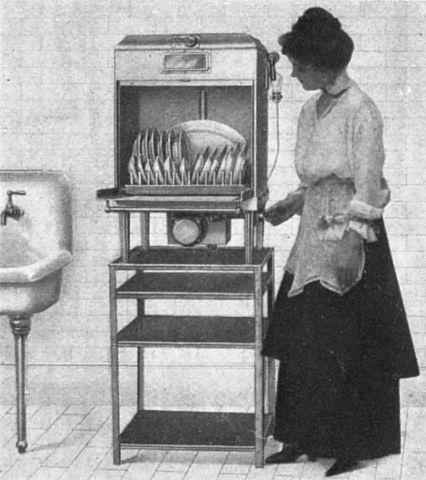 Automatic Dishwasher
Automatic Dishwasher
Josephine Garis Cochran did not like having to hand wash dishes after entertaining friends and relatives at her home. She is claimed to have said, “If nobody else is going to invent a dishwashing machine, I’ll do it myself.” She partnered with a mechanic, George Butters, and created a machine that she showed at the World’s Columbian Exhibition in Chicago (1893). In addition to winning an award for its mechanical prowess and durability, it attracted considerable interest from restaurants and hotels, both of which saw the machine as a great way to become more efficient. Cochran’s Crescent Washing Machine Company became part of KitchenAid in 1913 through an acquisition by Hobart Manufacturing Company.
Soap Opera
After working as a staff writer at WGN in Chicago, former teacher Irna Phillips created a serialized daily program geared toward women, “Painted Dreams,” which was about a widowed matriarch of a large Irish-American family. The year was 1930, the medium was radio and the program aired for two years on WGN. Because her show often was sponsored by soap manufacturers, it became known as a soap opera. Prolific in her writing, Phillips also created other soap operas that aired on radio and television, including “Guiding Light,” “As the World Turns,” “Another World” and “Love is a Many Splendored Thing.”
Roller Derby
Though roller skates were first introduced in London in 1735, the sport of Roller Derby was invented in 1935 by a Chicagoan, Leo Seltzer, an entrepreneur who was responsible for booking events at the old Chicago Coliseum just south of the Loop. For two years, the Coliseum hosted the “Transcontinental Roller Derby,” a multi-week event in which teams of skaters raced against one another on “trips” (miles that were tracked and plotted daily on maps) between large American cities, like Chicago to San Diego or New York to Salt Lake City. In 1937, Seltzer changed the rules to make the sport more exciting. Instead of long-distance races, teams scored points by breaking through and passing players on the opposing team. At 10 cents per ticket, Roller Derby was by far the cheapest sports ticket in town, an important consideration for those looking for an escape from the hardships of the Great Depression and a main driver of the sport’s rapid growth.
Vacuum Cleaner
Although a carpet-sweeping device was introduced a few years earlier, the first manually-powered vacuum cleaner was invented in 1869 by Chicago inventor Ives W. McGaffey. Though it required a certain amount of athleticism to operate (you had to turn a hand crank while pushing the device across the floor), the machines were commercially successful and sold for $25 apiece. The Great Chicago Fire of 1871 destroyed McGaffey’s inventory, however, one of his original models currently resides at the Hoover Historical Center in North Canton, Ohio.
Farm Silo
In ancient Greece, farmers stored grain in huge pits in the ground. In fact, the word silo is derived from Greek meaning, “pit for holding grain.” In 1873, Fred Hatch of McHenry County, Illinois thought there had to be a better way. He built an above-ground “pit” with round walls made of wood — a structure that generally is acknowledged as the first modern silo. It was successful, too. The new silo on his farm was filled with green corn fodder, so much so that Hatch’s cows stayed fatter and gave more milk than they ever had before.
Chicken Vesuvio
No one is quite sure about the origin of this popular dish but many have suggested that it first appeared on the menu of Vesuvio Restaurant, 15 E. Wacker Drive, Chicago, in the early 1930s. Served with potato wedges, this dish features a half chicken that is sautéed with garlic, oregano, white wine, lemon juice and olive oil. Though the restaurant has long since faded into the darkness, the recipe lives on in a number of Italian restaurants throughout the Chicago area.

Mobile Phone
Building on his company’s earlier success with the car radio, color television and two-way walkie-talkies, Martin Cooper, an engineer at Motorola, produced the world’s first handheld mobile phone in April 1973 in Schaumburg, Illinois. In 1983, the company launched its first retail mobile phone — the DynaTAC 8,000X. The handset (a phone only, not a smartphone!) offered 30 minutes of talk time, six hours of standby and could store 30 phone numbers. Its price, $3,995, was a little prohibitive by today’s standards.
The Wienermobile
In 1936, when Oscar Mayer Company was headquartered in Chicago, Carl Mayer, nephew of company founder Oscar, had an idea — a 13-foot-long hotdog mounted on a car that would travel the streets of Chicago promoting the company’s iconic brand. General Body Company of Chicago designed the first Wienermobile, which featured open cockpits in the center and rear of the vehicle. Today, a number of vehicles comprise the Wienermobile “fleet,” all of which can serve fully prepared Oscar Mayer hotdogs on location. The fleet consists of the full-size Wienermobile, a Mini Wienermobile (a hotdog on the body of a Mini Cooper), a motorcycle with a hot dog sidecar, and the Wiener Rover and the Wiener Drone, two remote-controlled hotdog delivery vehicles.
Twinkies
Twinkies were invented in Schiller Park, Illinois on April 6, 1930 by James Dewar, a baker at Continental Baking Company. When Dewar saw machines used to make filling for strawberry shortcakes idled when strawberries were out of season, he came up with the idea to develop a snack cake filled with banana cream to increase the machines’ utilization. A co-worker called the product a “Twinkie” after having seen a nearby billboard advertising “Twinkle Toe Shoes.” When World War II caused bananas to be rationed, the company switched the filling to vanilla, which proved to be even more popular than the original.
Zipper
A Chicagoan, Whitcomb Judson, is generally credited with inventing the first clothing fastener in 1891. Used mainly on shoes and boots, the device utilized a chain-lock mechanism that held leather together without separating. In 1893, Judson exhibited his invention at the Chicago World’s Fair. The device enthralled fairgoers, leading him to launch the Universal Fastener Company in Chicago to manufacture his product. The chain-lock device never achieved commercial success, however, the clasping device was used by Judson and other inventors as a springboard to create new and improved fasteners that closely resemble the “zipper” that is commonly used today.
Interested in the World’s Fair of 1893? We recommend a classic Chicago tale, The Devil in the White City. As an Amazon Associate, we earn from qualifying purchases.
Holder of two journalism degrees, including a masters from Northwestern University, Tom Schaffner is a native of the Chicago area and has spent nearly 50 years as a writer, editor, publisher and professional communications consultant. He was also the founder, editor, and publisher of the Chicago File, a newsletter for former Chicagoans. Tom is also the co-owner of L Stop Tours.
POPULAR TRIPS

Duration: 3.5 hours
Price: Adult $65
- Tour price includes transit fees. Food/beverages purchased by guests.
- Tour begins and ends in the Loop.
- Walking distance: 1.5 miles
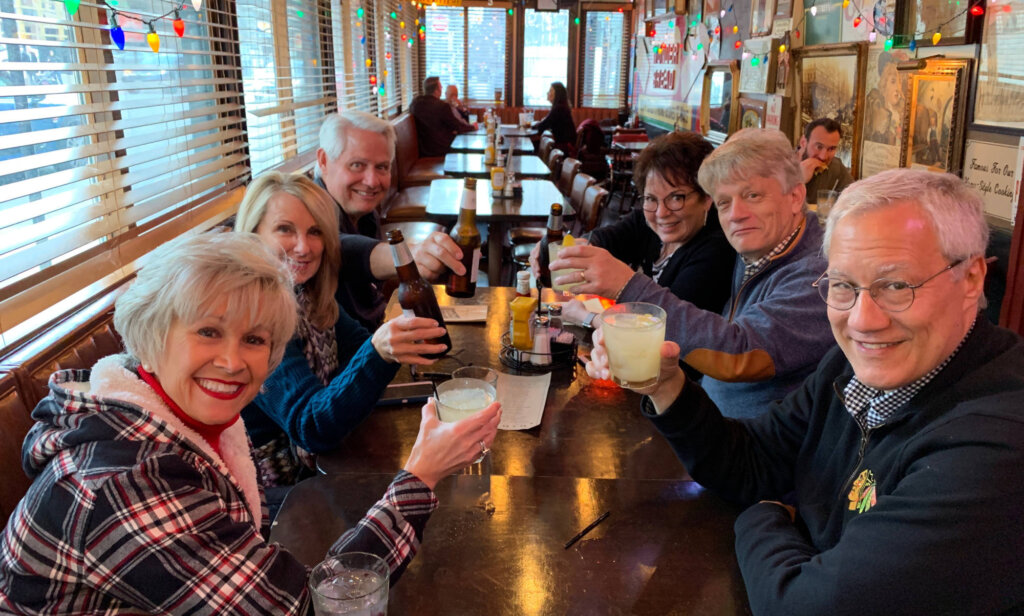
Duration: 3.5 hours
Price: Adult $65
- Price includes transit fees. Food/beverages purchased by guests.
- Tour begins and ends in the Loop.
- Walking distance: 1.1 miles
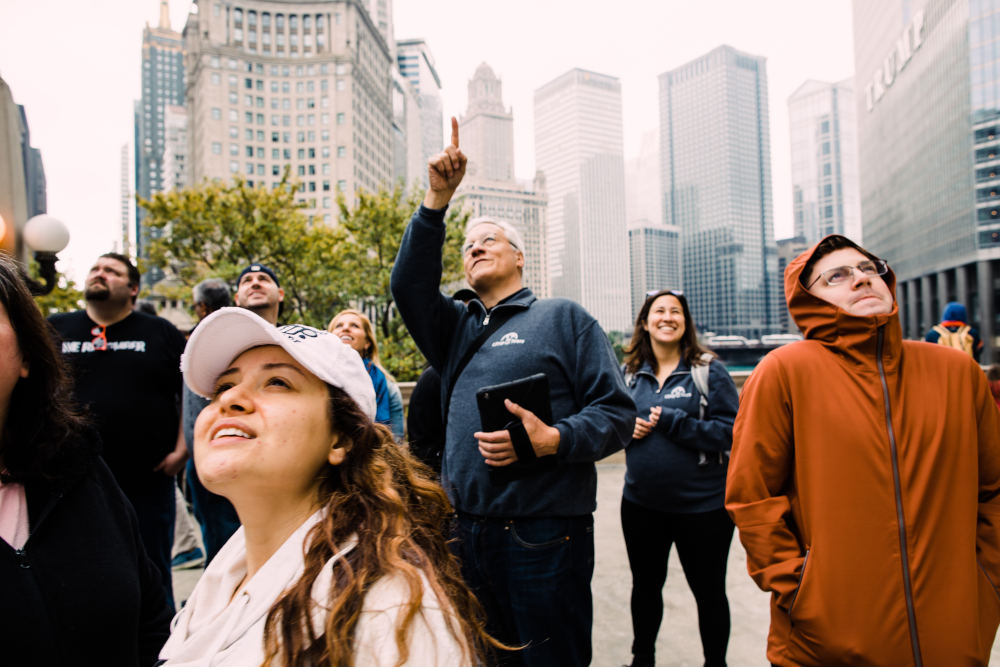
Duration: 3 hours
Price: Adult $65
- Tour price includes professional tour guide, train ride. Food/beverages purchased by guests.
- Tour begins and ends in the Loop.
- Walking distance: 1.5 miles
NEWSLETTER
Stay in the LOOP and subscribe to our monthly newsletter today!

